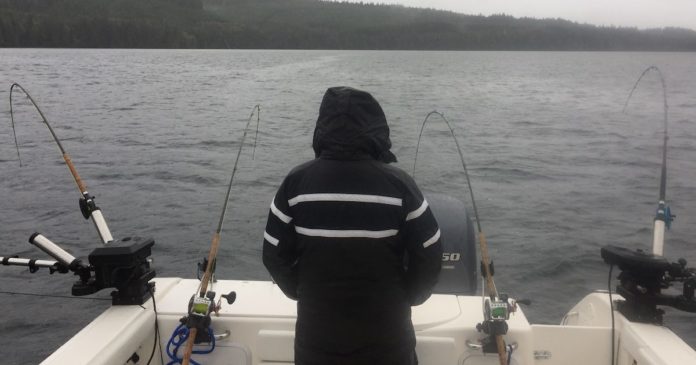I usually fish one line to a downrigger, but there are times it is useful to stack two lines. Occasionally one downrigger will have mechanical problems, or you will lose a cannonball and not have a spare, and will be forced to stack lines on the remaining downrigger.
When stacking, the first release clip is attached just above the cannonball and the line put out in the normal manner. The second release clip is usually attached 10 or 20 feet higher.
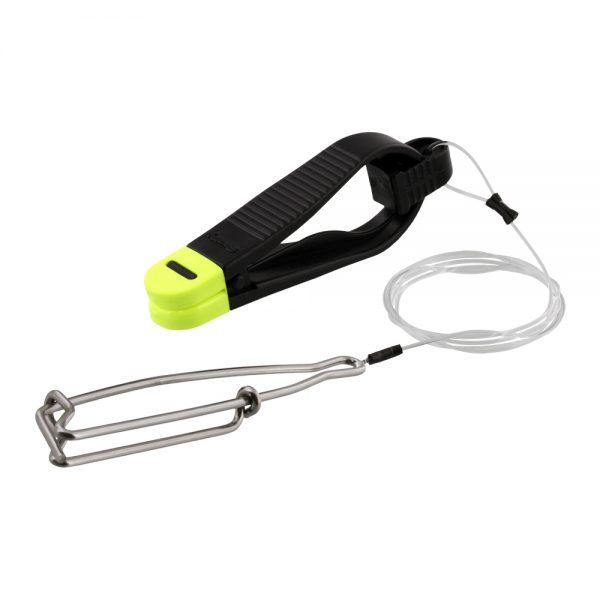
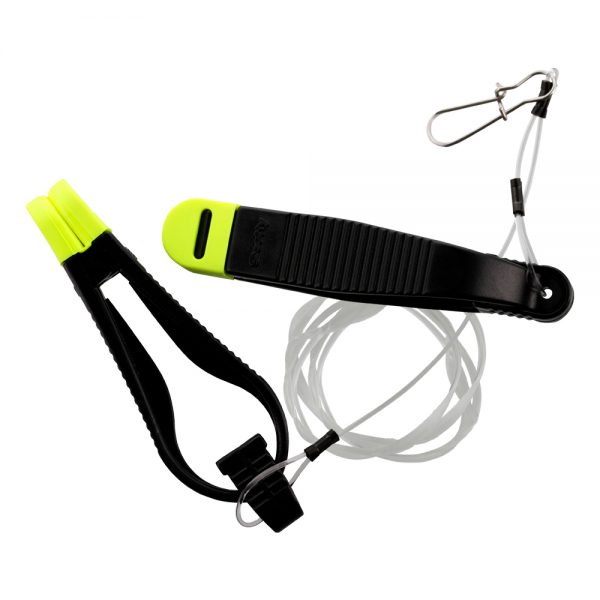
Remember that the auto-retrieve mechanism on the downrigger will be set to stop at the cannonball, and during the retrieve will probably knock the upper release clip into the water (and they don’t float). Use the manual retrieve button instead and watch carefully for the upper clip. Alternatively, install a plastic Scotty stopper on the downrigger cable so the downrigger stops before the upper release clip. The Scotty black or yellow plastic stopper is used on stainless steel downrigger cable, and the red plastic stopper is used on the braided downrigger cable, which is smaller in diameter and very slippery.
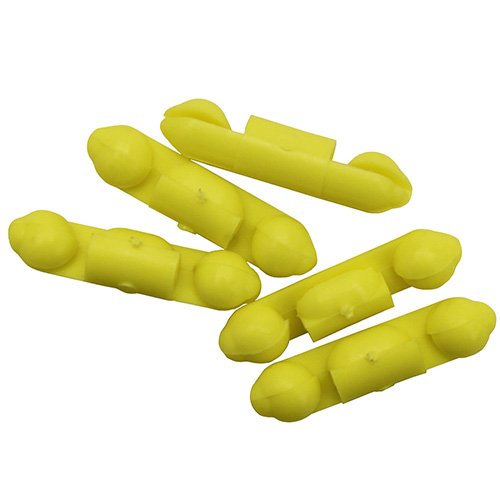
The downrigger release clip itself often slips on the braided downrigger cable. I usually put one Scotty stopper a few inches above the release clip and another below to fix it in position.
If the strike is on the lower line, sorting out the gear can be tricky. Sometimes the fish will run clear and everything will be fine, but expect that often it will be over or under the upper line. That’s not a problem; just let the salmon run while you sort out the second rod.
And sometimes stacking lines works out well. A few years ago, I was guiding at a lodge on the central coast, and when I set the gear in the morning found that one of the downriggers was dead. It couldn’t be repaired on the water, so I stacked lines on the other downrigger. Shortly after we started fishing we hit a nice spring on the bottom line of the stack. While my guest was fighting that spring, I asked the other guest to bring in the upper line, but he couldn’t get it off the release clip. He tugged and tugged and was getting really frustrated; then I noticed that the release clip was tugging back. It turned out to be a second spring that had already taken the line off the release clip (the guest had inadvertently done a fine job of setting the hook repeatedly), and the salmon was 29 lbs. Two hits and two salmon in the boat—a dead slow morning but my guests were happy.
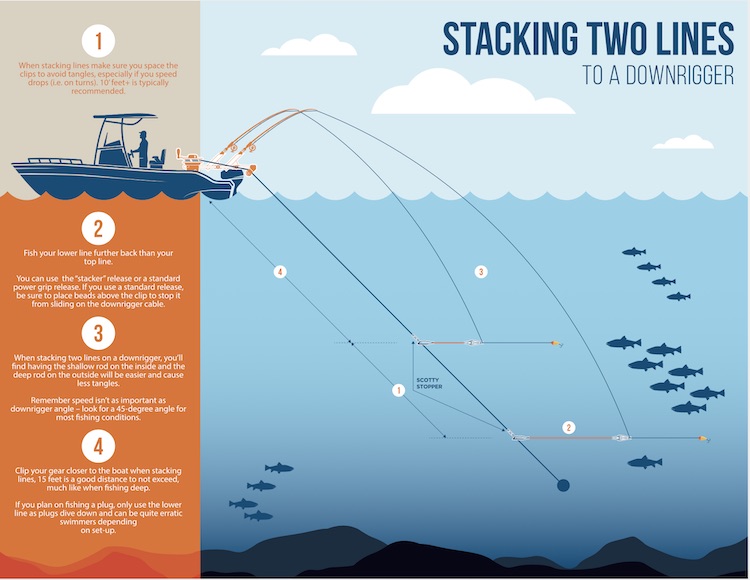
-
When stacking lines, make sure you space the clips to avoid tangles, especially if your speed drops (i.e. on turns). 10′ or more is typically recommended.
-
Fish your lower line further back than your top line. You can use the “Stacker” release on a standard power grip release. If you use a standard release, be sure to place the beads above the clip to stop it from sliding on the downrigger clip.
-
When stacking two lines on a downrigger, you’ll find having the shallow rod on the inside and the deep rod outside will be easier and cause fewer tangles. Remember, speed isn’t as important as angle— 45˚ for most conditions.
-
Clip your gear closer to the boat when stacking lines; 15′ is a good maximum distance, as when fishing deep. If you plan to fish a plug, only use the lower lines, as plugs dive down and can be erratic swimmers, depending on set-up.
Stacking is also a good method when fishing very deep and there is the possibility of the two downriggers tangling when the cannonballs swing from side to side like long pendulums. In this case the second downrigger is stowed and both lines are stacked on a single downrigger.

This article appeared in Island Fisherman Magazine. Never miss an issue—Subscribe today!


